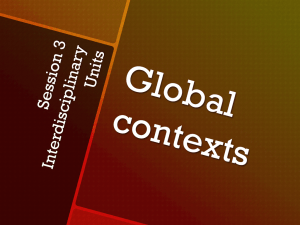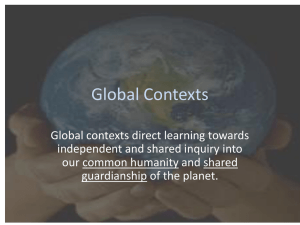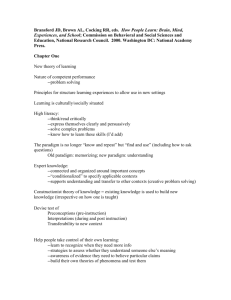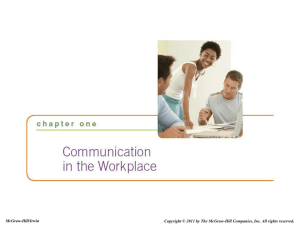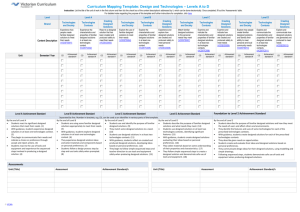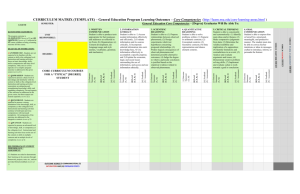global contexts Presentation
advertisement
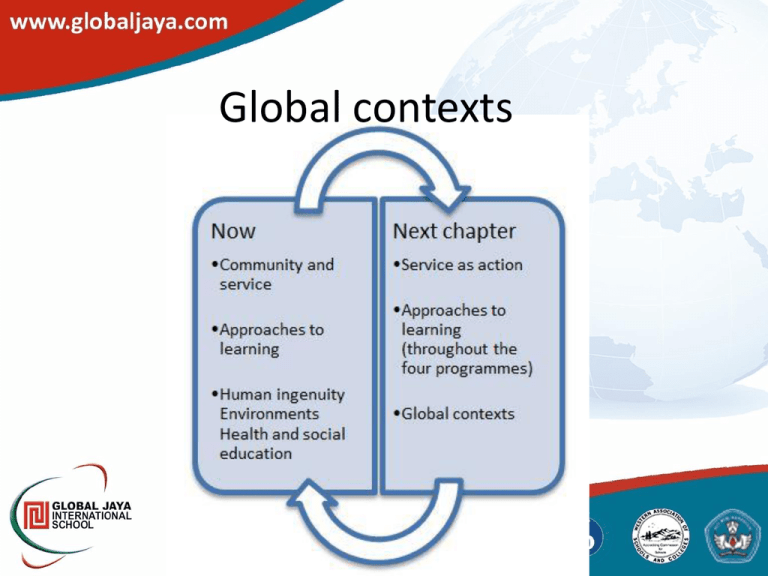
Global contexts Presentation objectives • be acquainted with the new global contexts • be able to reflect on the difference between contextual learning and traditional learning • understand the rationale for the shift from the areas of interaction to the global contexts • Examine how the global contexts can be used in the unit planner Background: Behind the change – putting the philosophy into practice • • • • • Education for international-mindedness relies on the development of learning environments that value the world as the broadest context for learning. Teaching and learning in global contexts supports the IB’s mission “to develop inquiring, knowledgeable and caring young people who help to create a better and more peaceful world through intercultural understanding and respect”(What is an IB education?, August 2012, p. 6). All effective learning takes place in a context. For learners to develop international mindedness, that context needs to be a global one. Until recently, a lot of the connections between the philosophy of the IB mission statement and the IB principles and practices were implicit. Conceptual learning within global contexts makes these links explicit. For example, we now recognise that in order to become active, compassionate and lifelong learners who understand that other people, with their differences, can also be right, students need to “have learned intercultural skills, understand multiple contexts and traditions, and have had multiple opportunities to reflect on their own worldviews in light of others’, and then they are less likely to experience difference as a threat requiring violent defense. Rather they are more likely to experience the cultural encounter as an opportunity for exchange and collaboration” (Suárez, quoted in Boix Mansilla and Jackson, 2008, p. 4). Such students will also hopefully be inquiring, knowledgeable and caring young people who help to create a better and more peaceful world through intercultural understanding and respect. Six global contexts, developed from the PYP transdisciplinary themes, assist in providing the answer to; Why is this relevant to me? & What is the purpose of this inquiry? MYP global context identities and relationships Explorations of. . . by studying affiliation and leadership orientation in space and time epochs, eras and ‘big history’ 20th century dictators and nationalistic movements world religious leaders, communities and beliefs the Enlightenment as a dividing point in history cultural and family dynasties in the Middle Ages personal and systems and institutions development of ‘the rule of law’ in antiquity cultural expression regional and international economic cooperation in the Americas scientific and digital life, virtual global positioning technologies (costs and technical environments and the benefits) innovation information age women, social media and revolutionary movements in the Arab Spring globalization and population and urban land use patterns in South Asia sustainability demographics ethnic migration and displacement in modern warfare fairness and authority, security and international and domestic security policies from development freedom 1945-1989 voting rights Look at the image that most catches your attention and discuss what global context would be good for exploring this picture and how changing the context would modify your approach. Global contexts Identify a context for the unit. The CONTEXT must be a natural fit with the key and related concepts… MYP global contexts identities and relationships orientation of space and time personal and cultural expression scientific and technical innovation globalization and sustainability fairness and development Putting it together – current unit planner format Key Concept Global Context Related Concept(s) Statement of Inquiry Inquiry Questions new unit planner format Key Concept Related Concept(s) Statement of inquiry Global Context



